IRF
IRF Uppsala
RPF programme
IRF-U Staff
Seminars
Courses
PhD studies
Examensarbete
Workshops
Cluster
...EFW
...Quicklook
Cassini
Rosetta
Solar Orbiter
Intranet
| INSTITUTET FÖR RYMDFYSIK | UPPSALA |
 |
|
| Swedish Institute of Space Physics | (59°50.272′N, 17°38.786′E) |
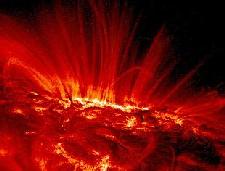 |
 |
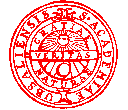 |
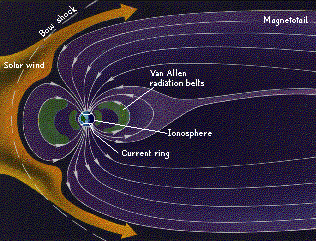 |
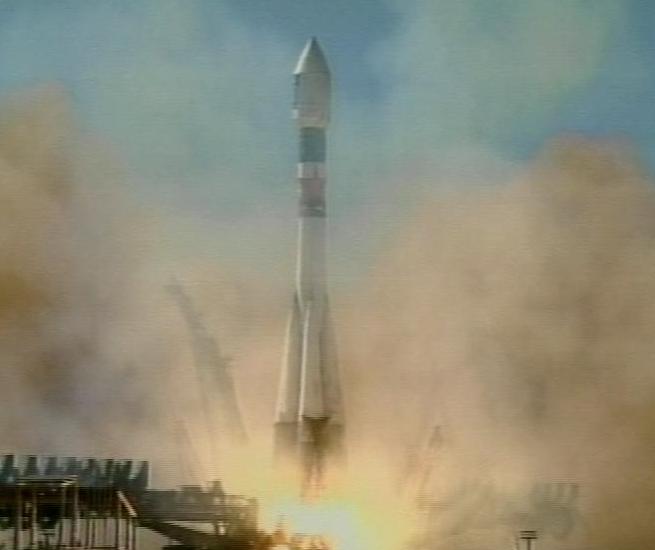 |
Uppsala
University Department of Astronomy and Space Physics |
Old material from the course
Space
Physics I (3
p)
Rymdfysik I (3 p)
See course
home page for current course information
Fun stuff (Roliga timmen)
We often use the last five or ten miunutes of the lecture for some special issue on space science or spaceflight, preferably something going on right now. Here are some things done in the past:Spring 2006 items:
- Lecture 1 060119: Stardust.
Our first example of a space mission was Stardust, whose capsule
returned to Earth four days ago (060115) with samples of cometary and
interstellar dust. We used Stardust as the starting point for a
discussion on what subsystems one needs to have on a spacecraft.
- Lecture 2 060120: New Horizons.
NASA launched New Horizons to
Pluto and the Kuiper belt yesterday (060119), so this came to be our
second space project example. We discussed the problems with power
generation at
- Lecture 4 060125: Galileo. ESA launched the first of the Galileo navigation system satellites a few weeks ago, so this became the target of our third space project description. We talked about Galileo as well as the existing GPS system and principles of satellite navigation systems in general.
- Lecture 6 060201: Saab Ericsson
Space. In order to acquaintain you with commercial space
activities in Sweden, we took a look at Sweden's major space company, Saab Ericsson Space.
Spring 2004 items:
- Lecture 1 040119: Mars missions -- 40 years of mixed success. As the European orbiter Mars Express as well as two US rovers have just arrived at Mars, an overview of Mars exploration was sort of timely. A discussion of the causes of the quite substantial number of failures was included, as this provides a good set of examples of the perils of space travel. This was based on information from the Mars pages of California Space Institute and, for post-1998 information, NASA's Mars exploration programme..
- Lecture 2 040120: SOHO. The most important solar observatory, continuously observing the sun since 1996. Based on information from ESA's SOHO science pages.
- Lecture 3 040121: Ulysses. As we discussed the solar wind today, it was natural to dwell a little upon the spacecraft that has shown us the 3D structure of the solar wind. Based on info from ESA's Ulysses pages.
- Lexture 4-5 040122: Swedish space industry. To give some feeling of what commercial space activities there are in Sweden. Based on info from Rymdforum.
- Lecture 7 040126: Paleomagnetism. How geophysicists study the ancient history of Earth's magnetic field, and also something about its recent changes.
- Lecture 8 040127: The
heliosphere in the kitchen sink. How to
study shock fronts while washing up the dishes.
- Lecture 10 040130: Solar
seismology and how to use it to study sunspots on the back side
of the sun. Read more at
SpaceWeather.com.
- Lecture 11 040203: Shocks in
the universe. Some examples of different kind of shocks: the
solar wind termination shock (in the heliopause region) may already
have been reached by Voyager 1; Hubble pictures show a nice example
of a bow
shock at the young star LL Orionis in the Orion nebula and of shock waves
spreading around the Crab pulsar.
- Lecture 14-15 040209: Aurora. This is certainly part of the proper course, but looking at beautiful auroral pictures is so fun that it merits to be mentioned here. Have a look at the auroral pages at the Swedish Institute of Space Physics, for example.
- Problem session 16 040216: Space industry A major Swedish space industry was taken as an example of European space industry. Based on information from SAAB Ericsson Space.
- Extra activity 040302: Watch the launch
of Rosetta live in the Siegbahn lecture
hall, at 08:00, Tuesday March 2, 2004. Uppsala scientists and engineers
involved in Rosetta will give some background and show examples of what
we fly on Rosetta.
Some fun things for the spring 2005 course:
- The Halloween space storms of 2003 were quite exceptional, and has been traced through the solar system. We now wait for signatures of them hitting the heliosphere.
- The magnetopause is not a perfect barrier to the solar wind: plasma can certainly leak in. Cluster have shown how vortices form on the surface, transporting solar wind plasma into the magnetosphere. See also Hasegawa et al., Nature, 430, 755-758 (2004).
- Stellar winds can be much stronger than the solar wind. A nice picture from Hubble shows the "heliopshere" carved out in a gas cloud by the strong stellar wind from a young and hot star.
- Spacecraft can be used for a lot of things. A science topic outside this course but fun nevertheless is the confirmation of the Lense-Thirring effect around the Earth, i.e. the dragging of the inertial frame by the rotating Earth predicted by general relativity
- Health effects of solar proton storms. A
solar proton event may be very dangerous to astronauts in space.